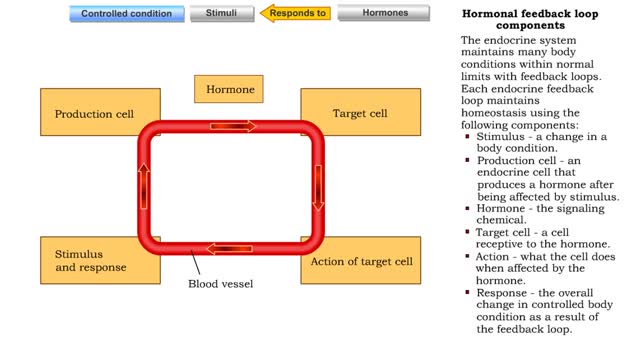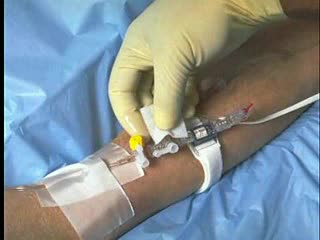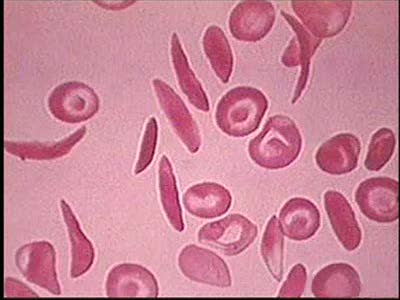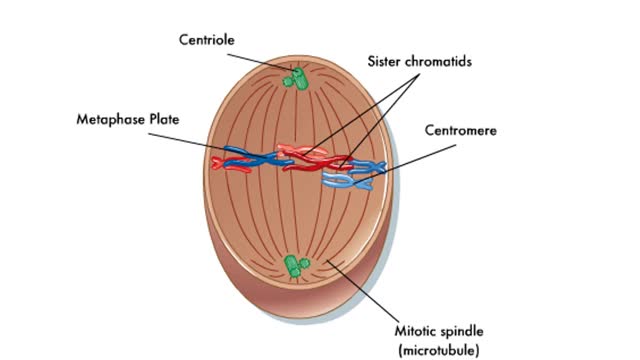Search Results
Results for: 'Helper T cell activation'
Type of Cell Junctions - Desmosome, Hemidesmosomes and Gap Junctions
By: HWC, Views: 12046
Cell Junctions: Cell junctions are found in some multi-cellular organisms. They exist of complexes and are found between cells and between cells and other structures. The junctions provide a way for cells to connect and exchange signals. What are tight junctions, desmosomes, and gap junctions...
Hormonal feedback loop components
By: HWC, Views: 11866
The endocrine system maintains many body conditions within normal limits with feedback loops. Each endocrine feedback loop maintains homeostasis using the following components: ■ Stimulus - a change in a body condition. ■ Production cell - an endocrine cell that produces a hormone after b...
By: Administrator, Views: 15442
Leukemia is a type of cancer that affects the blood and bone marrow. Leukemia begins in a cell in the bone marrow. The cell undergoes a change and becomes a type of leukemia cell. Once the marrow cell undergoes a leukemic change, the leukemia cells may grow and survive better than normal cells.
Transferring genes into plants Animation
By: HWC, Views: 9165
Researchers extract DNA from an organism that has a trait they want to introduce into a plant. The genetic donor can be a bacterial cell, a plant cell. or even an animal cell. The desired gene will be transferred into a plasmid, a small circle of bacterial DNA. The gene is cut out of th...
Introduction to Sickle Cell Anemia
By: Administrator, Views: 15198
Sickle cell anemia (sickle cell disease) is a disorder of the blood caused by an inherited abnormal hemoglobin (the oxygen-carrying protein within the red blood cells). The abnormal hemoglobin causes distorted (sickled appearing under a microscope) red blood cells.
Endocytosis -Types and Phagocytosis
By: HWC, Views: 11779
Endocytosis is the process by which a substance is brought inside a cell without having to pass through the cell membrane. It is the opposite of endocytosis, the process by which substances exit the cell without having to pass through the cell membrane. Exocytosis – membrane-enclosed secret...
By: HWC, Views: 9746
Prophase is the first step in the mitotic process. During prophase, the chromosomes condense. The centrosomes begin to form a spindle and move into position on opposite sides of the cell. Sister chromatids are held together by a protein called cohesin at the centromere. Prometaphase is the sec...
By: HWC, Views: 8612
DNA replication is the process by which a double-stranded DNA molecule is copied to produce two identical DNA molecules. Replication is an essential process because, whenever a cell divides, the two new daughter cells must contain the same genetic information, or DNA, as the parent cell.
Muscle cell structures - actin, myosin and titin filaments
By: HWC, Views: 11967
Once the muscle cell has been excited it will contract. • A muscle action potential will trigger the release Of Ca2+ ions into the sarcoplasm. • The Ca2+ ions bind to the regulatory proteins and trigger contraction. • Within skeletal muscle cells are structures that provide the ability...
Advertisement











